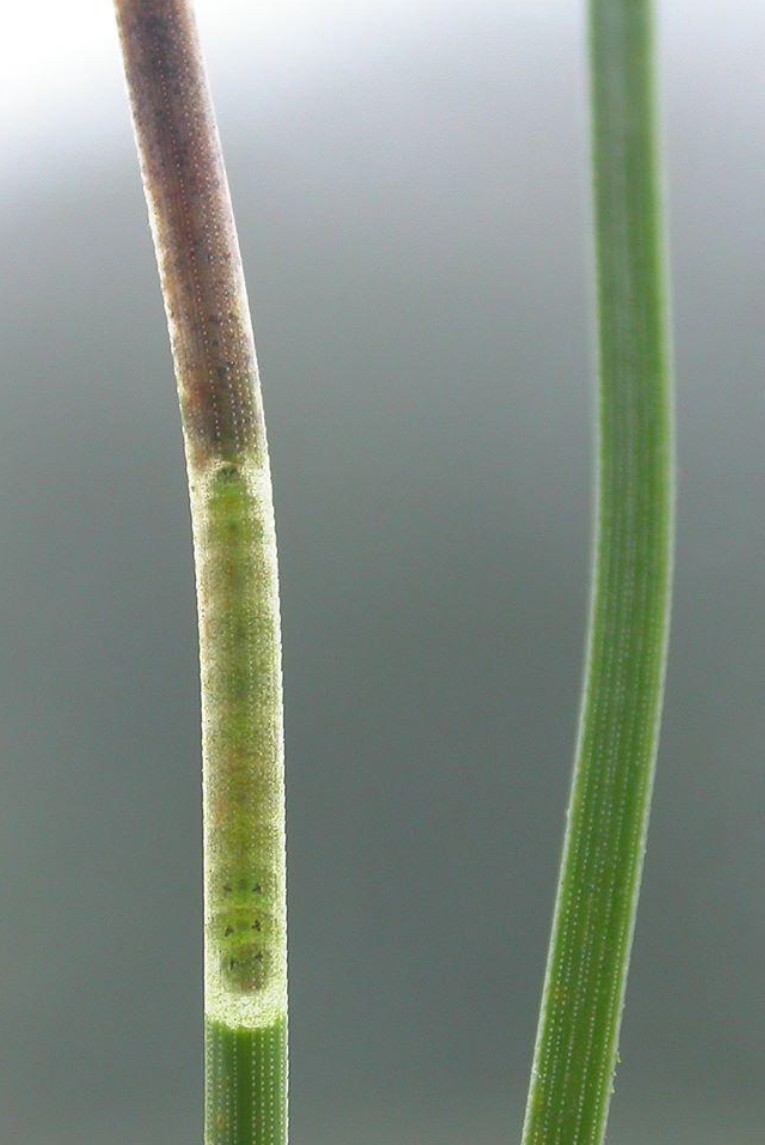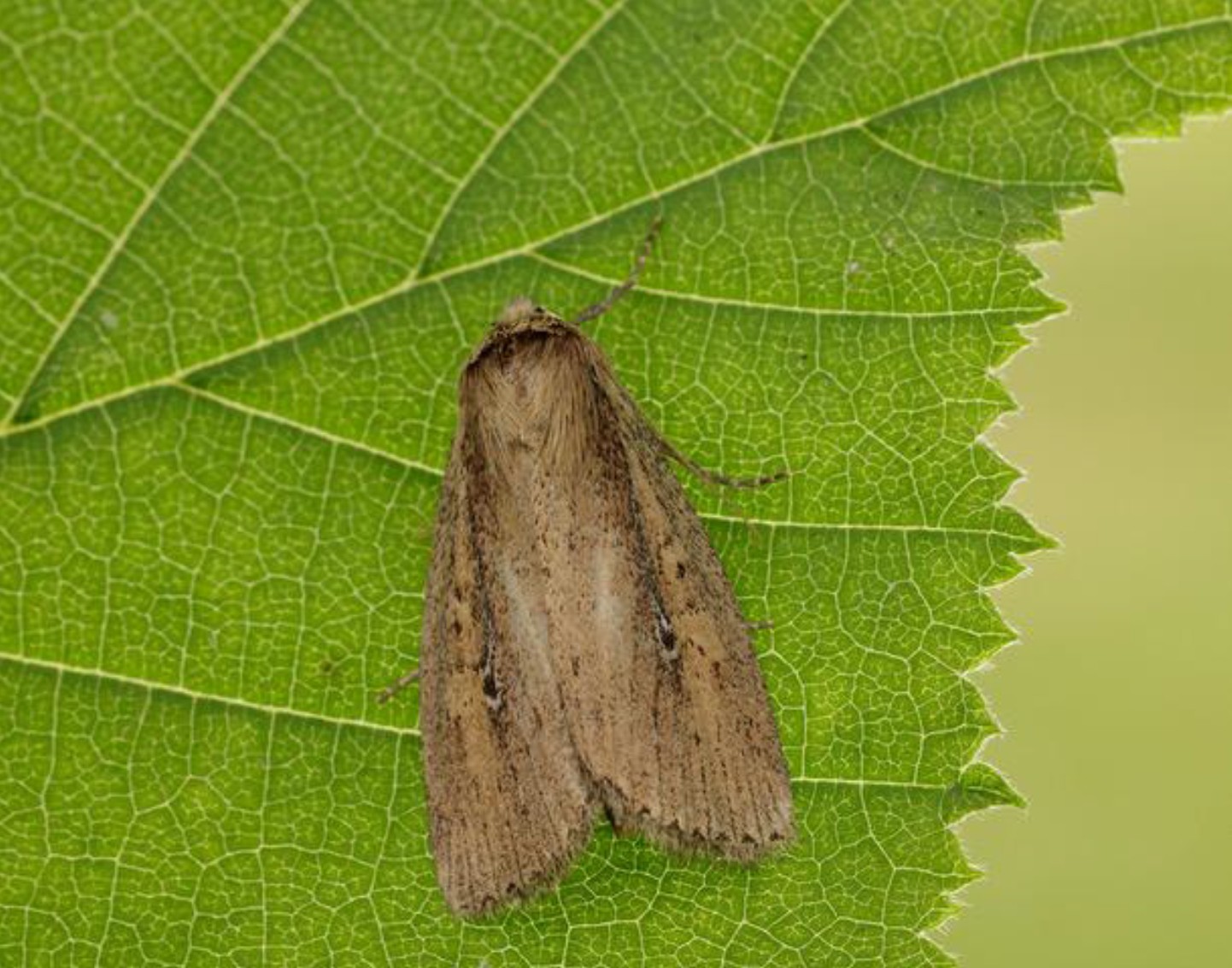I thought I was doing well by producing a series about moths for each month! However, as many of you might know, there is now a Moth of the Day!! This is a really excellent series produced by Ben Smart as part of the Facebook Group Micro moth Field Tips. The very clear close-up photos demonstrate an astonishing range of micro-moth larvae found at this time of year, i.e. the various mining caterpillars found in stems, leaves and buds of overwintering plants. 170 of these are illustrated in book Micro-moth Field Tips (A Guide to Finding the Early Stages in Lancashire and Cheshire) published by the Lancashire & Cheshire Fauna Society in 2018. This is a fantastic book which is ‘a Chronological Guide from January to December’ with exceptional information and photographs of the caterpillars of the various micro-moth families. If you want more, using Ben’s Flickr photo albums are a very useful, structured way to discover a remarkable range of adult and larval stages of our moths.
What I particularly like about this series is that it shows the variety of places where micro-moths can be found as the various species exploit the very tiny niches of food which other insects (except perhaps flies!) are not using. As examples here are three recent species shown by Ben which demonstrate this really well:
The caterpillar of the Brown Pine Ermel Cedestris subfasciella lives within a needle of Scots pine as the photo below shows. There are only 2 records of this moth in D&G (VC72 and VC73) but I am guessing that knowing where to look many more examples could be found – perhaps on a Scots pine near you?
The Dusted Flat-body Agonopterix assimilella has a caterpillar which lives in spinnings which binds the shoots of Broom close together. There are 14 records of this species (VC72 and VC73) but again it is probably widespread and common.
The Thistle Ermine Myelois circumvoluta has 26 records from all three vice-counties all of which are of adult moths coming to light traps. Not one is of the caterpillar which can be found in the dead stems of Spear Thistle where it feeds on the pith. With such a widespread species of thistle the moth is probably ubiquitous!
I strongly recommend that everyone looks at this Facebook page to find out more about the fantastic world of micro-moths. I am certain that by following the guidance provided by Ben, positive sightings of these species and many others could be added to the D&G database even at this time of year! Obviously I would be delighted to hear of any findings you make.
Don’t forget that there are many other resources to help with micro-moth identification including the Facebook site which gives help with adult moth identification: UK Micro Moth Identification, the core Field Guide to the micro moths of Great Britain and Ireland, the Scottish distribution maps on BC East Scotland website and our own photos and record information elsewhere on this website.
How lucky we are to have all of this first class information at our finger tips!




